Visiting Oslo any time soon? Get a dose of culture with our guide to the Norwegian capital's must-see museums and cultural institutions.
Oslo is a small capital by international standards, but it punches far above its weight when it comes to museums. Whether you're into Viking ships, cutting-edge art, traditional Norwegian culture, or polar exploration, there's a museum here for you.

Many of Oslo's top museums are within walking distance of each other or located in picturesque areas like Bygdøy or along the city's revitalised waterfront.
The city of Oslo has long invested in making culture accessible to everyone, and its museums reflect the breadth and depth of Norwegian society from its Viking heritage and maritime history to modern art and Nobel Peace Prize laureates.
Whether you’re visiting for a weekend or a longer stay, Oslo offers an unusually rich and diverse museum experience for a city of its size. Here's your complete guide to exploring Oslo's most compelling cultural institutions.
Art and Architecture in Oslo
From classical paintings to monumental sculpture parks, Oslo’s art museums celebrate Norway’s creative spirit across centuries and styles.
National Museum
Opened in 2022, Oslo's new National Museum is the largest of its kind in the Nordic region.
It combines several former institutions, including the National Gallery, the Museum of Contemporary Art, and the Museum of Decorative Arts and Design, into one sprawling space overlooking the Oslofjord.
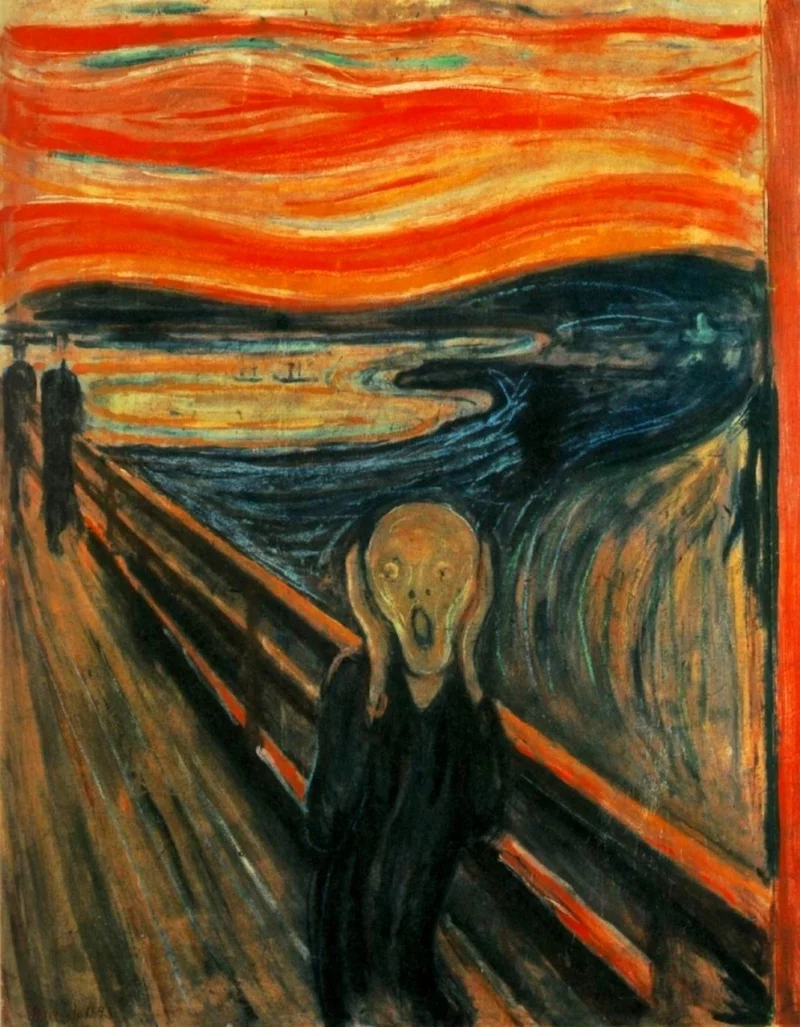
Visitors can see a wide-ranging permanent collection of art, design, and architecture, including Edvard Munch's iconic The Scream and Madonna, as well as works by French impressionists, Norwegian romantics, and contemporary artists.
The museum also includes a huge ‘light room' hosting temporary exhibits, a rooftop terrace, and regular international showcases.
Munch Museum
One of Oslo's most recognisable new landmarks, the Munch Museum stands tall beside the Oslo Opera House in Bjørvika. It houses more than 26,000 pieces by Edvard Munch, donated by the artist himself, making it one of the world’s largest single-artist collections.
The building is five times the size of the old museum and includes permanent exhibitions, temporary shows, and viewing platforms over the Oslofjord.
Munch's works are presented in thematic galleries that delve into his psychological themes, bold colours, and obsession with mortality.
Vigeland Museum and Sculpture Park
Vigeland Park is one of Oslo's most visited attractions, drawing more than a million visitors each year. It's home to over 200 granite and bronze sculptures created by the prolific artist Gustav Vigeland, all set within the leafy grounds of Frogner Park.
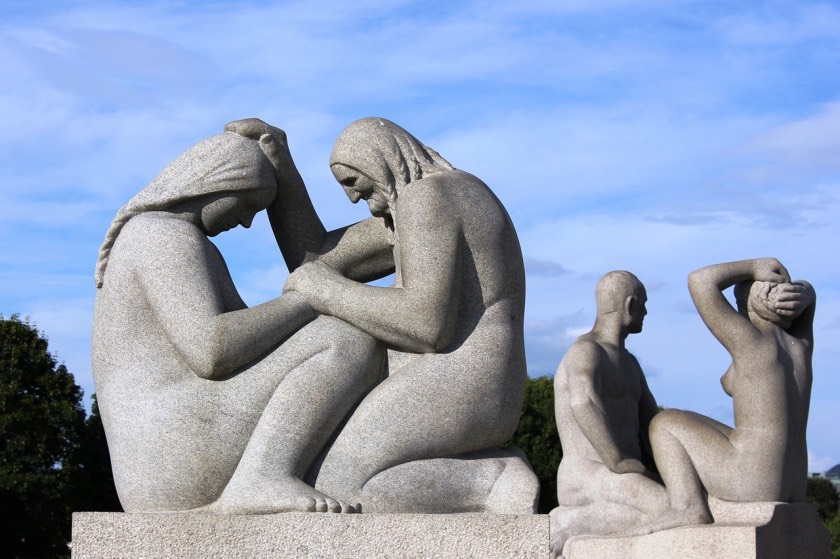
The sculptures depict people of all ages and emotions, often engaged in everyday or symbolic activities. The highlight is the 17-metre monolith carved from a single block of granite, encircled by 36 groups of intertwined human figures that evoke themes of life, death, and human connection.
Next door, the Vigeland Museum offers a deeper dive into the artist's process and career.
Housed in his former studio and residence, the museum contains original plaster models, personal belongings, early works, and preparatory sketches that provide insight into Vigeland's creative development.
Temporary exhibitions also explore related themes and showcase other Norwegian and international sculptors. The museum gives important context to the outdoor park.
History and Heritage
Step back in time through remarkable preserved buildings and other exhibits to explore how Norwegians lived, worked, and built a nation.
Norwegian Museum of Cultural History Located on the leafy Bygdøy peninsula, the Norwegian Museum of Cultural History is one of Europe's oldest and largest open-air museums.
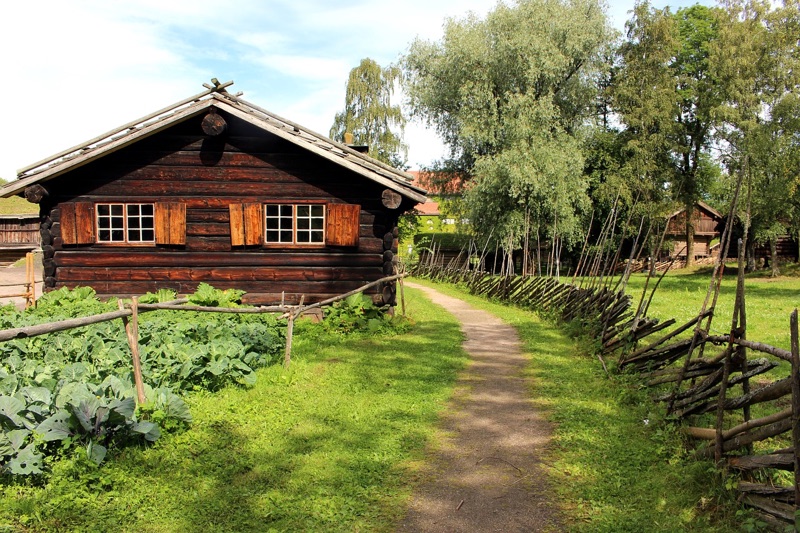
It brings together more than 150 historic buildings relocated from all across Norway, offering a vivid, immersive journey through the country’s rural traditions and urban development. The buildings span centuries and regions, from medieval farmsteads to 19th-century urban dwellings.
Among the standout structures are a 14th-century farmhouse, an 1865 tenement block from Oslo's working-class Grünerløkka neighbourhood, and the stunning Gol Stave Church, an intricately carved wooden church originally built in the 13th century and moved here to save it from demolition.
The museum also features extensive indoor exhibitions covering topics such as folk art, traditional costumes, Sami culture, and everyday life in Norway over the centuries.
Throughout the year, seasonal events bring the site to life, with costumed actors demonstrating crafts, baking, and holiday traditions. The Christmas market and summer activities in particular are popular with families.
Oslo City Museum
Set in the historic Frogner Manor within Vigeland Park, the Oslo City Museum offers an engaging look at the capital’s transformation from a small market town to a modern metropolis.
The museum’s permanent exhibitions explore different aspects of Oslo’s urban development, architecture, and social history through a rich archive of photographs, maps, models, and personal artefacts.

Temporary exhibitions frequently highlight contemporary themes such as immigration, city planning, and daily life.
The Labour Museum Tucked along the Akerselva river, this small museum tells the story of Oslo's working-class history and industrial past. It's a perfect addition to a riverside walk and gives visitors a sense of how the city grew through factories, housing, and social change. Note that it's only open (typically) on weekends.
Maritime and Polar Exploration
Norway’s deep relationship with the sea and the polar regions comes to life in Oslo’s maritime museums, which feature legendary vessels and epic tales of exploration.
Fram Museum
Home to the polar ship Fram, this museum lets you board one of the strongest wooden vessels ever built. The ship made expeditions to both the Arctic and Antarctic and remains a testament to Norwegian polar ambition.
Inside the Fram Museum, you'll find dioramas, personal stories, and equipment from polar explorers like Fridtjof Nansen and Roald Amundsen.
Kon-Tiki Museum
Right next door, the Kon-Tiki Museum tells the extraordinary story of Thor Heyerdahl’s 1947 journey across the Pacific Ocean on a raft made from balsa wood.
Original vessels Kon-Tiki and Ra II are on display, along with fascinating documentary footage. The museum also delves into Heyerdahl’s controversial theories on early human migration and intercontinental contact, which challenged conventional archaeological thinking and sparked international debate.
Norwegian Maritime Museum
Also located on Bygdøy, this museum focuses on Norway's long-standing maritime heritage, with exhibitions on shipbuilding, navigation, and life at sea. It’s quieter than the others, but great for those interested in nautical history.
Museum of the Viking Age (coming soon!)
Formerly known as the Viking Ship Museum, this institution is undergoing a major transformation and is now scheduled to reopen in 2027. The new museum will be more than three times the size of its predecessor, spanning approximately 13,000 square metres.
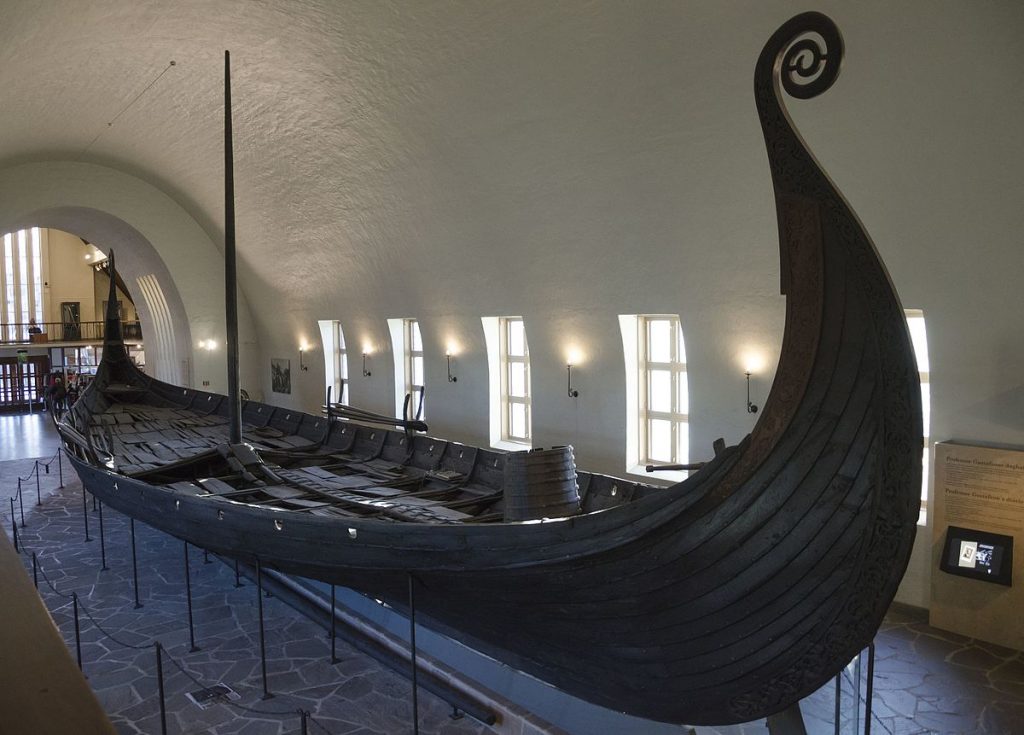
It will house the world's most comprehensive collection from the Viking Age, including the renowned Oseberg, Gokstad, and Tune ships, along with around 5,500 artefacts from key burial sites such as Borre.
Advanced preservation techniques are being used to protect the fragile ships during the move and construction, including custom steel support structures and vibration-dampening systems.
The museum will also feature a restaurant, lecture hall, and research facilities, creating a modern and engaging environment for both visitors and scholars. Although it remains closed, its reopening in 2027 is highly anticipated and promises to be a must-see attraction for anyone interested in Viking history and Norwegian heritage.
Science, Nature and Curiosity
Get hands-on with innovation, encounter creatures from across the globe, and stroll through lush botanical gardens in Oslo’s most curiosity-sparking museums.
Norwegian Museum of Science and Technology
Located in Kjelsås to the north of the city, this hands-on museum is a hit with families. Its colourful, interactive exhibits trace Norway’s transformation from a rural society to a high-tech nation.
Themes range from hydropower and telecommunications to space travel and transport. Kids will love the collection of trains, cars, and planes, while adults may appreciate the medical and industrial innovations on display.
Natural History Museum and Botanical Garden
Part of the University of Oslo, the Natural History Museum includes zoological and geological exhibitions. See Arctic wildlife, fossils, minerals, and more.
The attached Botanical Garden is a tranquil oasis featuring 7,500 plant species across beautifully landscaped grounds and greenhouses. Entry is free, and it's a great place for a stroll in any season.
Politics and Peace
Located near the City Hall at the edge of the harbour, the Nobel Peace Centre is an essential Oslo stop. Through multimedia exhibitions and interactive displays, it tells the story of the Peace Prize winners and Alfred Nobel’s legacy.
The centre also addresses modern global issues such as conflict resolution, press freedom, and human rights. It’s a powerful, reflective space that leaves a lasting impression.
Planning Your Visit to Museums in Oslo
Many museums offer free entry on certain days or with the Oslo Pass, so it’s worth checking in advance. Museum opening hours may vary by season, and some venues require timed entry tickets for popular exhibitions.
Not sure where to start? Here are a few recommendations based on your interests:
- Short on time? Head to the National Museum and Munch Museum, both centrally located and easy to combine in a day.
- Travelling with kids? Don’t miss the Science and Technology Museum or the open-air Cultural History Museum.
- Love the outdoors? Combine a trip to Bygdøy’s museums with a picnic by the Oslofjord or stroll through the Botanical Garden.
- Fascinated by Vikings and polar explorers? Plan a dedicated day for Bygdøy’s museums.
- On a budget? Look out for museums with free entry or Oslo Pass discounts.
Whether you're in Oslo for a day or a week, the city's museum scene offers an unforgettable window into Norwegian culture, art, history, and innovation. Take your time, choose a few favourites, and immerse yourself in Oslo’s stories.

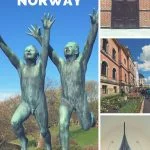

We enjoyed the Resistance Museum near Akershus and the Jodisk museum.
When we were in Oslo last summer the WW2 Resistance Museum was our favorite.